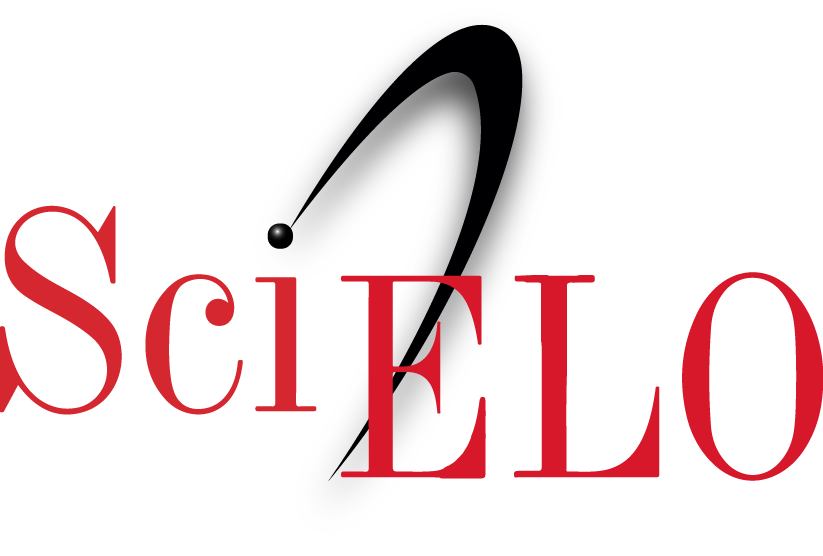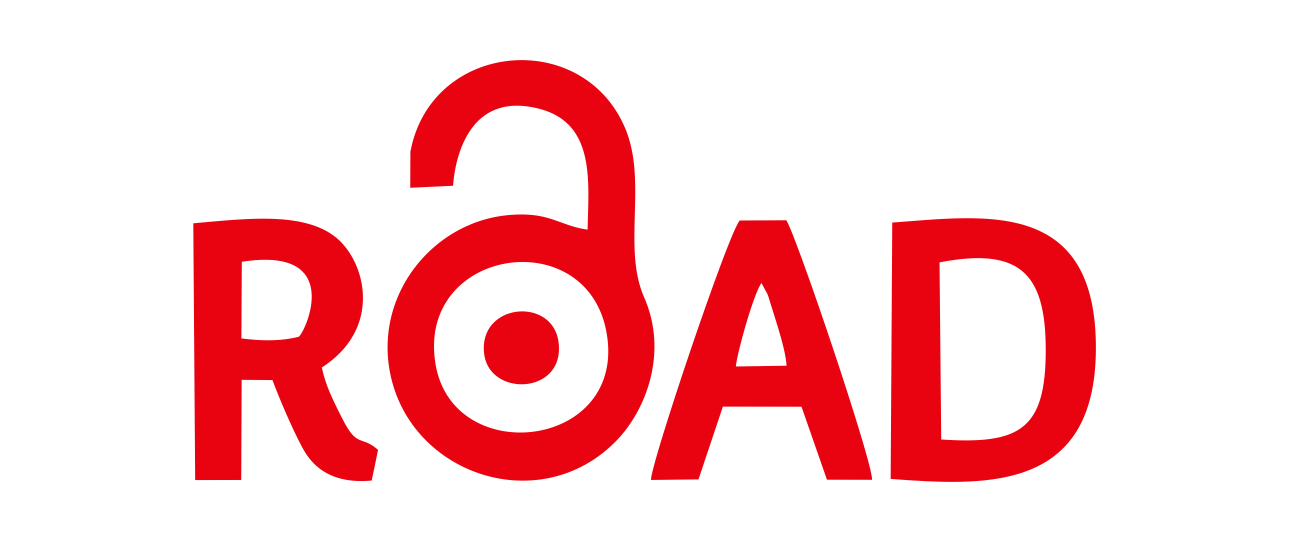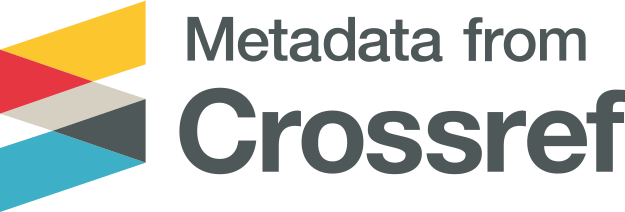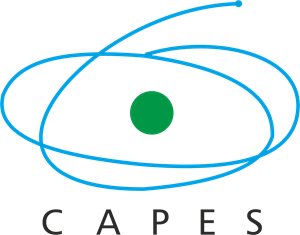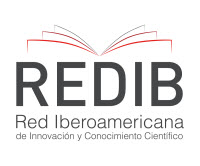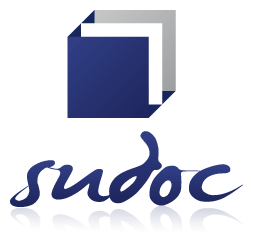The relationship between human intelectual capital and innovation capacity in the public sector
Keywords:
Intellectual capital in the public sector; Human capital; The Public sector capacity to innovate; Innovation in the public sector; Knowledge management.Abstract
The public sector must respond to the citizens’ demands with speed and innovation. This ability can prevent many deaths, as in the case with the Covid-19 pandemic. The present study has the general objective of identifying the influence of human intellectual capital on the public sector capacity to innovate. To this end, 158 public servants, who occupy leadership positions in the municipal public administration of the city of Latin America (Santiago - Rio Grande do Sul - Brazil), were interviewed. The statistical technique used was exploratory factor analysis and, through the analysis of the main components, two human capital factors were extracted: training and skills, values and attitudes, in addition to the constructs of innovation capacity: services and processes, organizational and institutional. The study tested the hypothesis that all human capital factors are positively, significantly and directly related to the dimensions of innovation capacity. The most relevant index of correlation was identified among the variables: values and attitudes, and the capacity of services and processes. Therefore, the case of study verified the positive, direct and significant influence of human intellectual capital with the public sector capacity to innovate, specifically, in the local / municipal public administration in question.References
Agolla, J. E., & Van Lill, J. B. (2013). Public Sector Innovation Drivers: A Process Model. Journal of Social Sciences, 34(2), 165-176.
Andreeva, T., & Chaika, V. (2006). Dynamic capabilities: what they need to be dynamic? [Working Paper, 10 (E)] St. Petersburg State University, São Petersburgo.
Bekkers V., Duivenboden H., M. Thaens (2006), Public Innovation and Communication technology: relevant backgrounds and concepts, in Bekkers V. van Duivenboden H. and Thaens M. (eds), Information and Communication Technology and Public Innovation, IOS Press, Amsterdam/Berlin/Oxford/Tokyo/Washington DC, pp. 3–21.
Bontis, N. y Girardi, J. (2000): “Teaching knowledge management and Intellectual Capital lessons:an empirical examination of Tango simulation”, Journal of Technology Management, vol. 20, n. 5/6/7/8, pp. 545-555.
Bratianu, C., (2018) Intellectual capital research and practice: 7 myths and one golden rule. Management & Marketing. Challenges for the Knowledge Society,13(2), pp.859–879.
Bueno, E.; Real, H. Del.; Fernández, P.; Longo, M.; Merino, C.; Murcia, C.; Salmador, M.P. (2011) Modelo Intellectus: Medición Y Gestión Del Capital Intelectual. v. Documentos Intellectus.
Costa, R. V (2010): La Influencia del Capital Intelectual em la Innovación de Procuctos: Una Aplicación a Pequeñas y Medianas Empresas Innovadoras de Portugal. Tese de Doutoramento. Universidade de Vigo, Vigo.
De Vries, H.A., Bekkers, V.J.J.M., L.G. (2016). Innovation in the Public Sector: A Systematic Review and Future Research Agenda. Public Administration.
Demircioglu, M., Audretsch D. (2018): Conditions for complex innovations: evidence from public organizations, The Journal of Technology Transfer https://doi.org/10.1007/s10961-018-9701-5.
Dosi, G., Faillo, M. and Marengo, L. (2008) "Organizational Capabilities, Patterns of Knowledge Accumulation and Governance Structures in Business Firms: an Introduction." Organization Studies 29.8-9: 1165-1185.
Duff, A. (2018) Intellectual capital disclosure: evidence from UK accounting firms. Journal of Intellectual Capital Vol. 19 No. 4, pp. 768-786 DOI 10.1108/JIC-06-2017-0079.
Dumay, J. (2016) A critical reflection on the future of intellectual capital: from reporting to disclosure, Journal of Intellectual Capital, Vol. 17 No. 1, 2016, pp. 168-184, 1469-1930, DOI 10.1108/JIC-08-2015-0072.
Easa, N.F., El Orra, H. (2020) HRM practices and innovation: na empirical systematic review International Journal of DisruptiveInnovation in Government. Emerald Publishing Limited. 2516-4392- DOI 10.1108/IJDIG-11-2019-0005.
Ekemam, H.I., Okpara, C.C. (2020) Human capital development as strategy for effective performance in education sector. African Journal of Social and Behavioural Sciences (AJSBS) Volume 10, Number 1 (2020) ISSN: 2141-209X.
European Commission. (2013) Powering european public sector innovation: towards a new architecture. Report of the Expert Group on Public Sector Innovation, Directorate General for Research and Innovation, Innovation Union, European Commission, Brussels.
Grčić Fabić, M.; Zekić, Z; Samaržija, L. (2016). Implementation of management innovation – a precondition for the development of local government effectiveness: evidence from Croatia. Administratie si Management Public, (27), 7-29.
Hair, J. F.; Babin, B.; Money, A. H. y Samouel, P. (2005), Tradução Lene Belon Ribeiro – Porto Alegre: Bookman.
Halvorsen, T. et al. (2005)On the differences bet¬ween public and private sector innovation. Oslo: Nifu Step. (Publin Report, n. D9).
Hartley, J. (2005). “Innovation in Governance and Public Services: Past and Present”, in Public Money & Management, vol. 25, no. 1, January 2005, pp 27-34.
Henttonen, K., Kianto, A. and Ritala, P. (2016), "Knowledge sharing and individual work performance: an empirical study of a public sector organisation", Journal of Knowledge Management, Vol. 20 No. 4, pp. 749-768. https://doi.org/10.1108/JKM-10-2015-0414.
Iacuzzi, S., Massaro, M., and Garlatti, A.,2020. Value Creation Through Collective Intelligence: Managing Intellectual Capital. The Electronic Journal of Knowledge Management, 18(1), pp. 68-79, available online at: www.ejkm.com.
Isidro-Filho,A. (2017)Inovação no setor público: evidências da gestão pública federal brasileira no período 1999-2014 . IN:Inovação no setor público : teoria, tendências e casos no Brasil / organizadores: Pedro Cavalcante ... [et al.]. – Brasília : Enap : Ipea.
Jalloh, A.A.A., Ming,F., (2020) Managing Human Capital as a Strategic Source of Sustainable Enterprise Development and Competitive Advantage, International Journal of Management and Humanities (IJMH) ISSN: 2394 – 0913, Volume-5 Issue-1, September.
Jardón, C.M., Martos, M.S. (2014),"Intellectual capital as competitive advantage in emerging clusters in Latin America", Journal of Intellectual Capital, Vol. 13 Iss 4 pp. 462 – 481. http://dx.doi.org/10.1108/14691931211276098.
Koch P., Cunningham P., Schwabsky N., Hauknes J. (2005), Innovation in the Public sector. Summary and policy recommendations. Oslo: Publin Report n° D24.
Koch, P.; Hauknes, J. (2005)On innovation in the public sector. Oslo: NIFU STEP.
Lewis, J. M., Ricard, L. M., & Klijn, E. H. (2018). How innovation drivers, networking and leadership shape public sector innovation capacity. International Review of Administrative Sciences, 84(2), 288–307.
Leslie, D. (2020). Tackling COVID-19 through Responsible AI Innovation: Five Steps in the Right Direction. Harvard Data Science Review. Retrieved from https://hdsr.mitpress.mit.edu/pub/as1p81um
Massaro, M.; Dumay, J.; Garlatti, A. (2015) Public sector knowledge management: a structured literature review. Journal of knowledge management vol. 19 no. 3, pp. 530-558, Emerald Group Publishing Limited, ISSN 1367-3270.
Meirelles, D.S; Bueno Camargo, B.; Álvaro, A. (2014) Capacidades Dinâmicas: O Que São e Como Identificá-las? RAC - Revista de Administração Contemporânea, vol. 18, diciembre, pp. 41-64 Associação Nacional de Pós-Graduação e Pesquisa em Administração Rio de Janeiro, Brasil.
Moore, M. H., Sparrow, M. and Spelman, W. (1997), Innovation in policing: From production line to jobs shops. In Altchuler, A. and Behn, R. (Eds), Innovation in AmericanGovernment (Brookings Institution, Washington, D.C.).
Nonaka, I. and Takeuchi, H. (1998), The Knowledge Creating Company, Oxford University Press, New York, NY.
Onah, F.O. (2015). Human Resource Management 4th edition. Nsukka: John Jacob‟s Classic Publisher.
Pasamar, S., Fernandez, M.D., Navarro, M.D.R.(2018) Human capital: the link between leadership and organizational learning. European Journal of Management and Business Economics Vol. 28 No. 1, pp. 25-51.
Penrose, E. (1959).The Theory of the Growth of the Special Issue, 14, pp. 95–112. Firm. Basil Blackwell, London.
Rodrigues, H.M. da S.S.; Dorrego, P.F.F.; Fernández, C.M.; Fernández, (2009) J. La influencia del capital intelectual en la capacidad de innovación de las empresas del sector de automoción de la Eurorregión Galicia Norte de Portugal. Tese de Doutorado. Universidade de Vigo –Espanha.
Rodrigues, H.S., Jardón,C.M.F., Dorrego,P.F.(2015) Relation between intellectual capital and the product process innovation. Int. J. Knowledge-Based Development, Vol. 6, No. 1.
Rossi, F.M; Francesca C., F.; Bisogno, M. (2016) Intellectual capital in action: evidence from Italian local governments. Journal of Intellectual Capital. Vol. 17 No. 4, 2016. pp. 696-713.
Stewart, T. A. (1998): La nueva riqueza de las organizaciones: el Capital Intelectual, Ediciones Granica, Barcelona.
Teece, D,J.; Pisano, G. and Shuen, A. (1997)Dynamic capabilities and strategic management,Strategic Management Journal, Vol. 18:7, 509–533.
Teece, D. J. (1986). ‘Transactions cost economics and and economic organization’, Strategic Management the multinational enterprise’, Journal of Economic Journal, Winter Special Issue, 12, pp. 75–94. Behavior and Organization, 7, pp. 21–45.
Wang, C. and Ahmed, P. (2007). Dynamic capabilities: a review and research agenda.International Journal of Management Reviews, 9, 31–51.
Wernerfelt, B. (1984). ‘A resource-based view of the firm Strategic Management Journal, 5 (2), pp. 171–180.
Williamson, O. E. (1975). Markets and Hierarchies. Behavior and Organization, 3, pp. 39–63. Free Press, New York.
Winter, S. G. (2003) The satisficing principle in capability learning. Strategic Management Journal, v. 21, n. 10/11, p. 981-996.
Zollo, M.; Winter, S. G. (2002) Deliberate learning and the evolution of dynamic capabilities. Organization Science, v. 13, n. 3, p. 339-351.
Published
How to Cite
Issue
Section
License
Copyright (c) 2021 Rodrigo Belmonte da Silva; Carlos Maria Fernandez Jardón
The works published in this magazine are under the Creative Commons Attribution-NonCommercial 2.5 Argentina license.
Important: The author is the owner of the rights to exploit the contents of the article of his authorship.
You are free to:
Share — copy and redistribute the material in any medium or format.
Adapt — remix, transform and build from the material.
The licensor cannot revoke these liberties as long as you follow the terms of the license.
Under the following terms:
Attribution - You must give appropriate credit, provide a link to the license, and indicate if any changes have been made. You may do so in any reasonable way, but not in a way that suggests that you or your use is endorsed by the licensor.
Non-Commercial - You may not use the material for commercial purposes.
There are no additional restrictions - You cannot apply legal terms or technological measures that legally restrict others to make any use permitted by the license.





